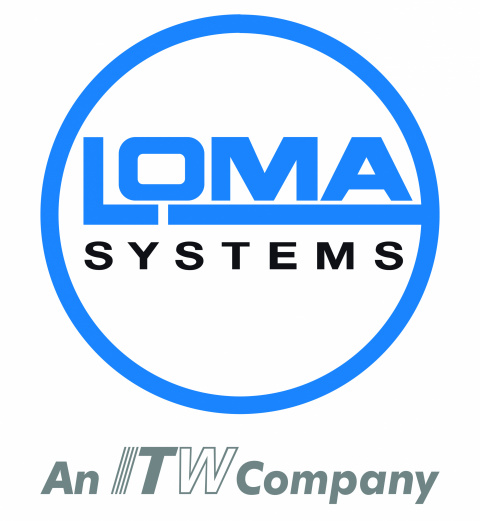
Testing in the Philippines of smuggled vegetables has found they were positive for heavy metals and Salmonella.
Agriculture Secretary Francisco P. Tiu Laurel Jr. led the inspection of two container vans carrying an estimated 34 metric tons of white onions from China.
Testing was conducted by the Bureau of Plant Industry’s Plant Products Safety Services Division and the National Plant Quarantine Services Division.
The shipment — declared as processed chicken karaage strips — was consigned to Manila-based Leksei B. Specialized Goods Trading and seized on April 26 by the Philippine National Police Criminal Investigation and Detection Group in a warehouse in Barangay Laug, Mexico, Pampanga.
“Preventing the entry of misdeclared agricultural goods is crucial not only to ensure food safety but also to stop the potential spread of plant diseases and pests,” said Tiu Laurel.
The importer and warehouse were not accredited by the Bureau of Plant Industry. One container had 1,800 red mesh bags of white onions, and the other contained 1,600 bags, each weighing 9 kilos — bringing the total to about 34,200 kilos.
The Department of Agriculture’s Bureau of Plant Industry has not issued Sanitary and Phytosanitary Import Clearance for onions since February 2025.
Tiu Laurel warned consumers against purchasing imported white onions, which are typically larger than locally grown varieties.
“If possible, please don’t buy imported onions because they may be contaminated with Salmonella. These contaminated onions are not fit for human consumption,” he said.
Meat issues
The Department of Agriculture has also launched a three-year initiative on the safe trade of meat products.
The project, which has support from the Standards and Trade Development Facility (STDF), focuses on facilitating the safe trade of meat and meat products but its broader ambition is to help the agency strengthen regulatory quality through science-based policymaking, balancing trade facilitation, public health, and national development priorities.
Earlier this year, scientists from the University of the Philippines Diliman – College of Science, Institute of Biology (UPD-CS IB) called for more in-depth surveillance of foodborne pathogens like Salmonella in poultry products.
Using whole genome sequencing (WGS) and phenotypic antimicrobial resistance (AMR) testing, researchers from the Pathogen-Host-Environment Interactions Research Laboratory (PHEIRL) of the UPD-CS IB examined the genetic makeup and AMR of Salmonella in chicken meat sold in retail wet markets across Metro Manila from February to July 2022.
Results revealed a wide variety of serovars circulating in chicken meat sold in markets in Metro Manila. Findings were published in the journal Frontiers in Microbiology.
Out of 253 chicken cut samples, 95 Salmonella isolates representing 15 serovars were recovered. The most predominant type of Salmonella was Infantis, followed by Brancaster, Anatum, London, Uganda and Derby, all of which possessed diverse virulence and resistance genes. High levels of multidrug resistance (MDR) were observed when tested against antimicrobial panels, with 50 antimicrobial resistance genes detected, conferring resistance to 12 different drug classes.
Scientists said there is a significant risk of MDR Salmonella spreading within wet markets and food animal value chains, as well as the potential for cross-contamination and transmission in kitchens and homes.
“Our study suggests a need for proper surveillance of contaminating bacteria as well as regulations on antimicrobial use at the farm level, as infections from MDR Salmonella, especially among vulnerable populations and from highly virulent serovars, can lead to life-threatening, systemic, and untreatable manifestations,” the team said.
(To sign up for a free subscription to Food Safety News, click here)
















